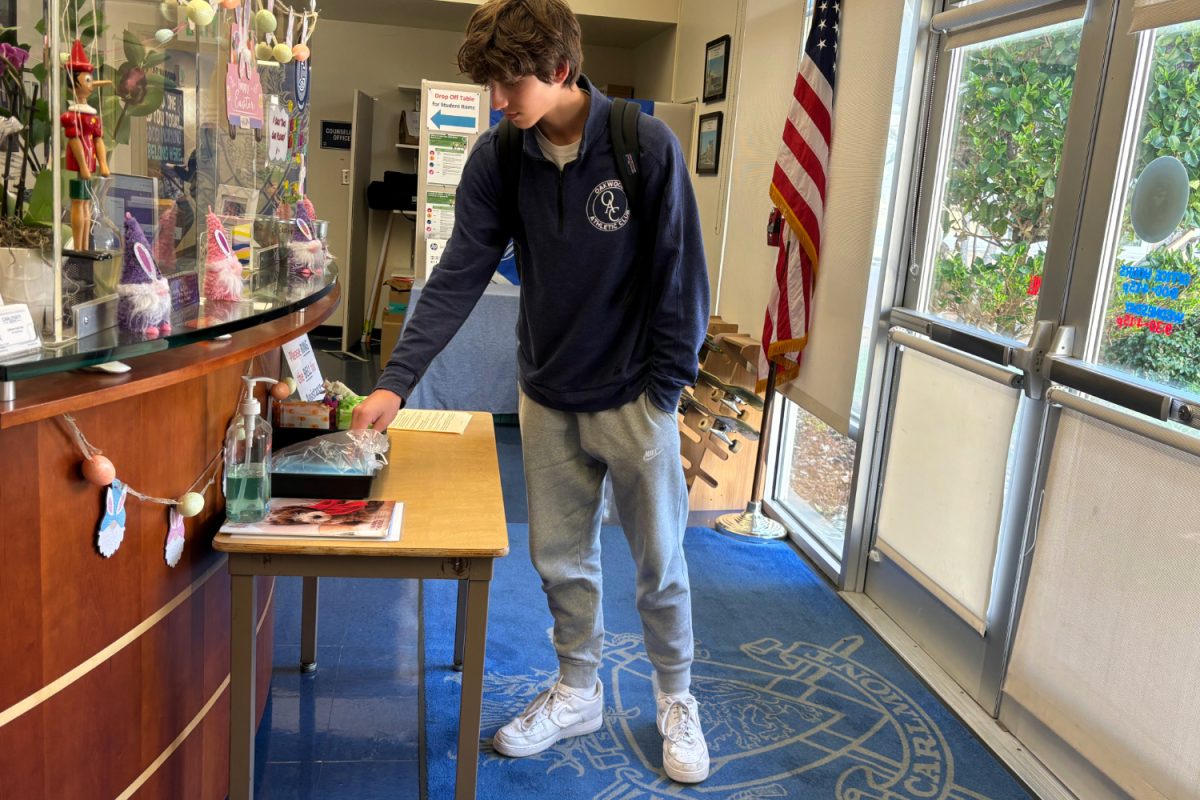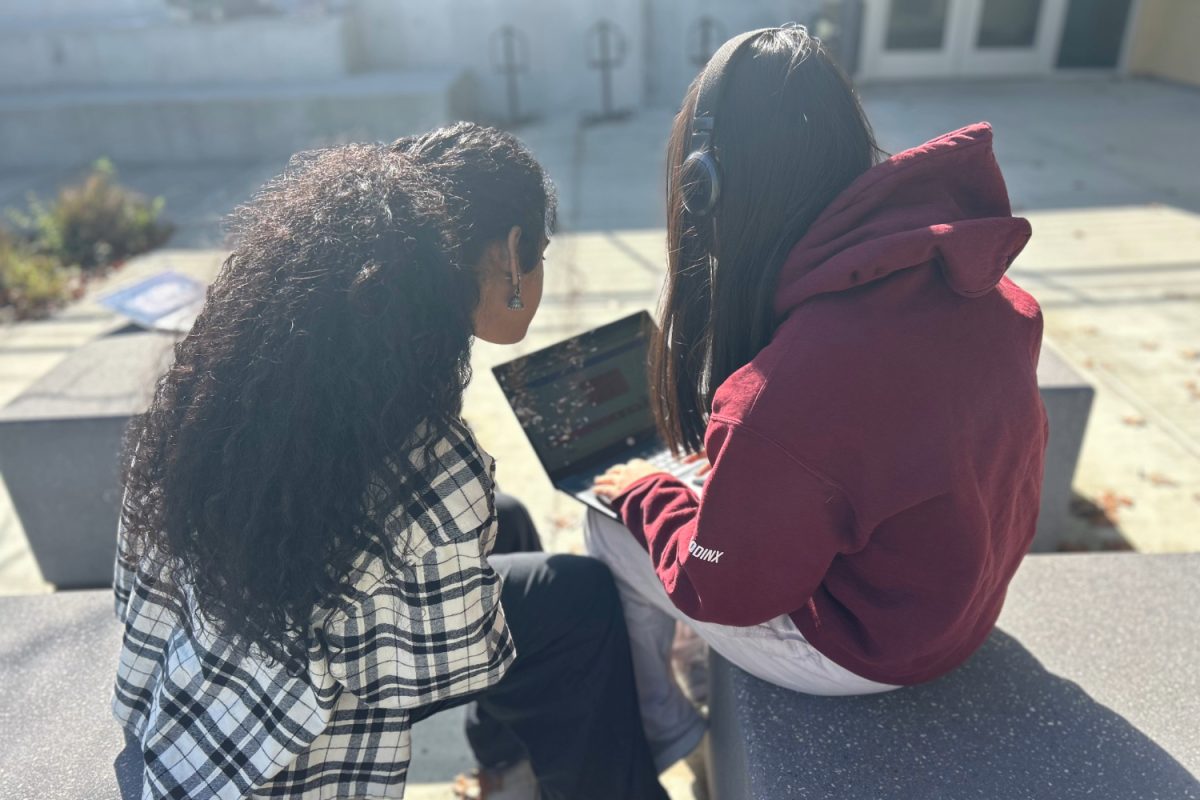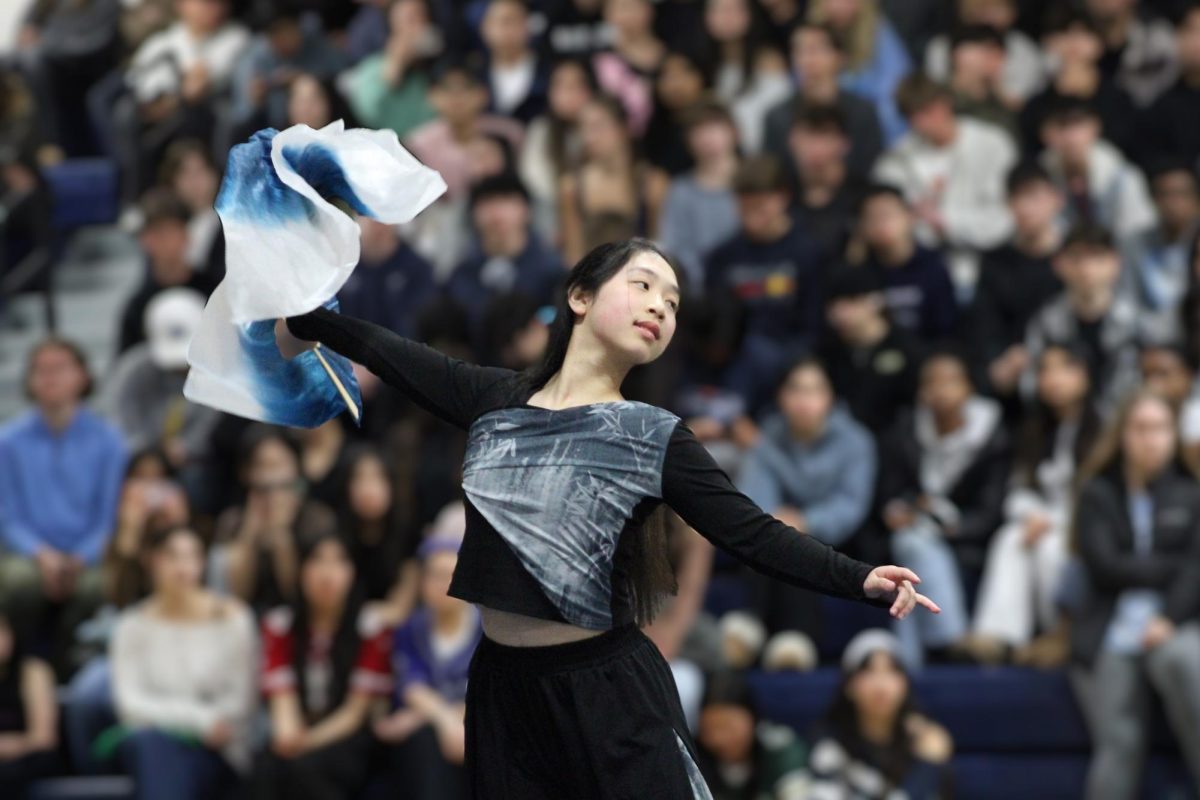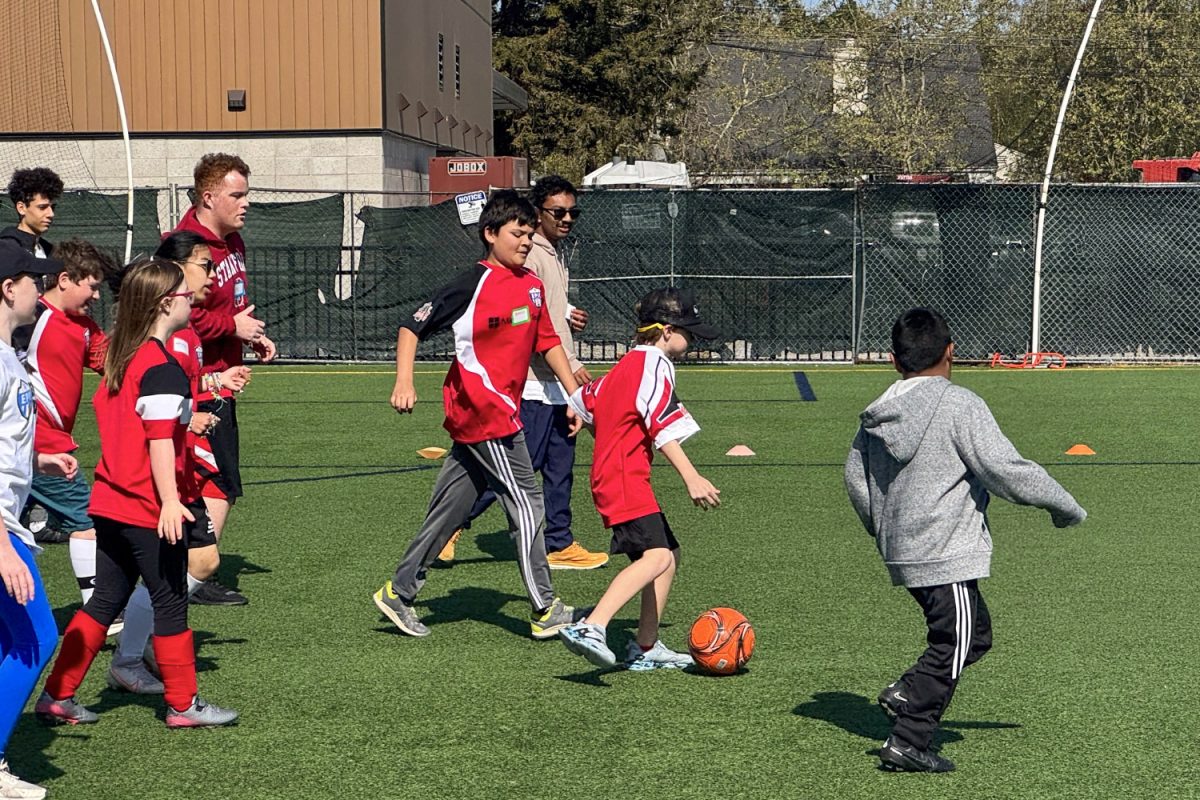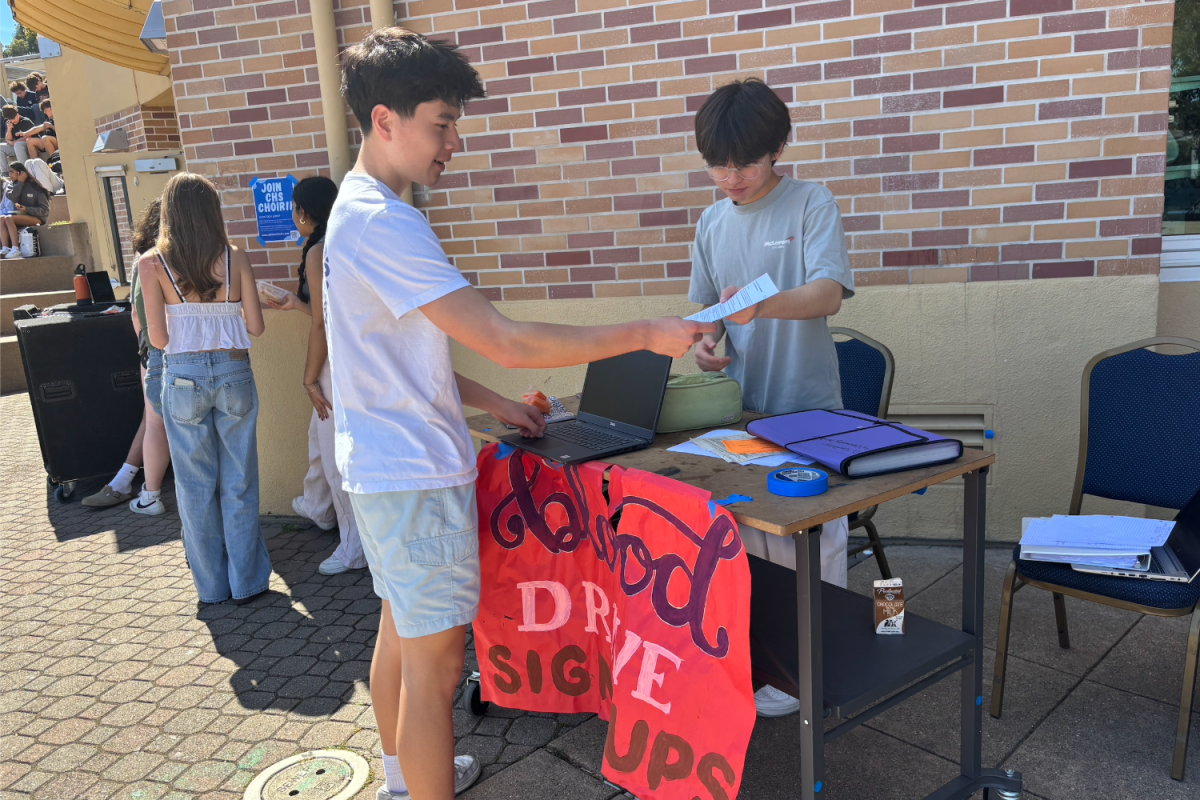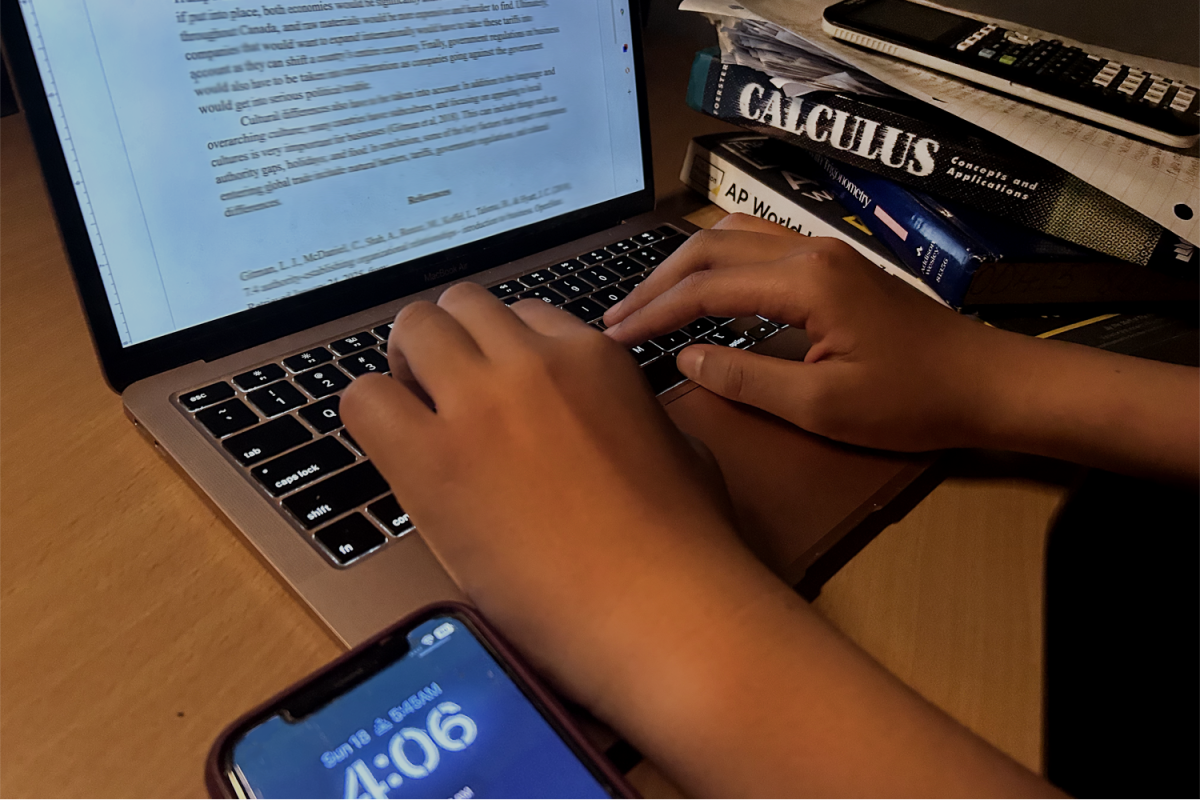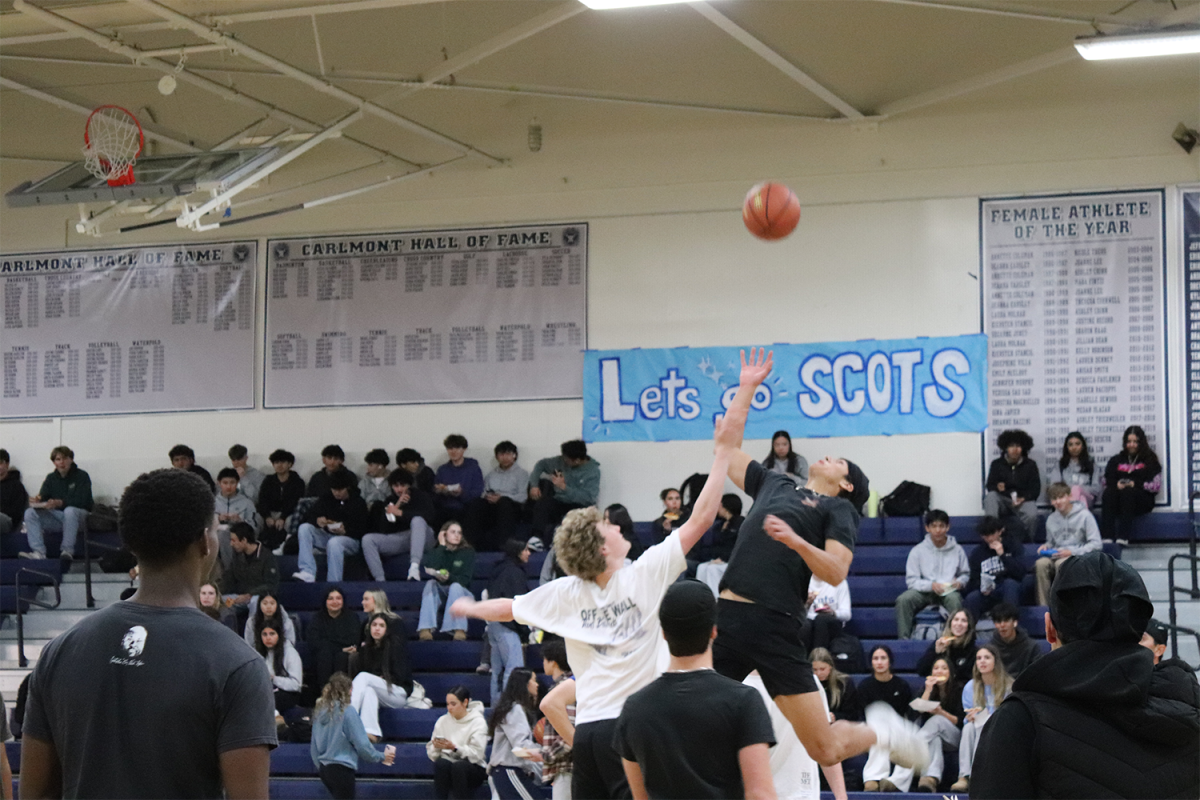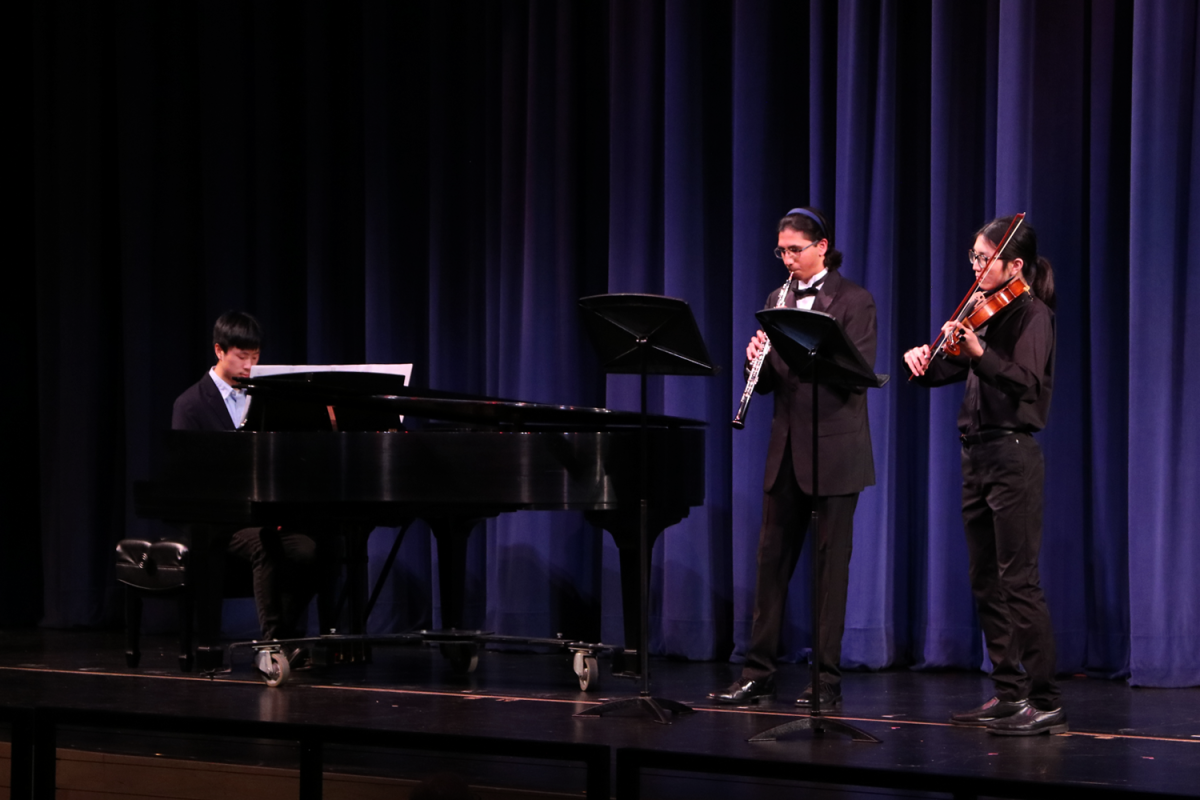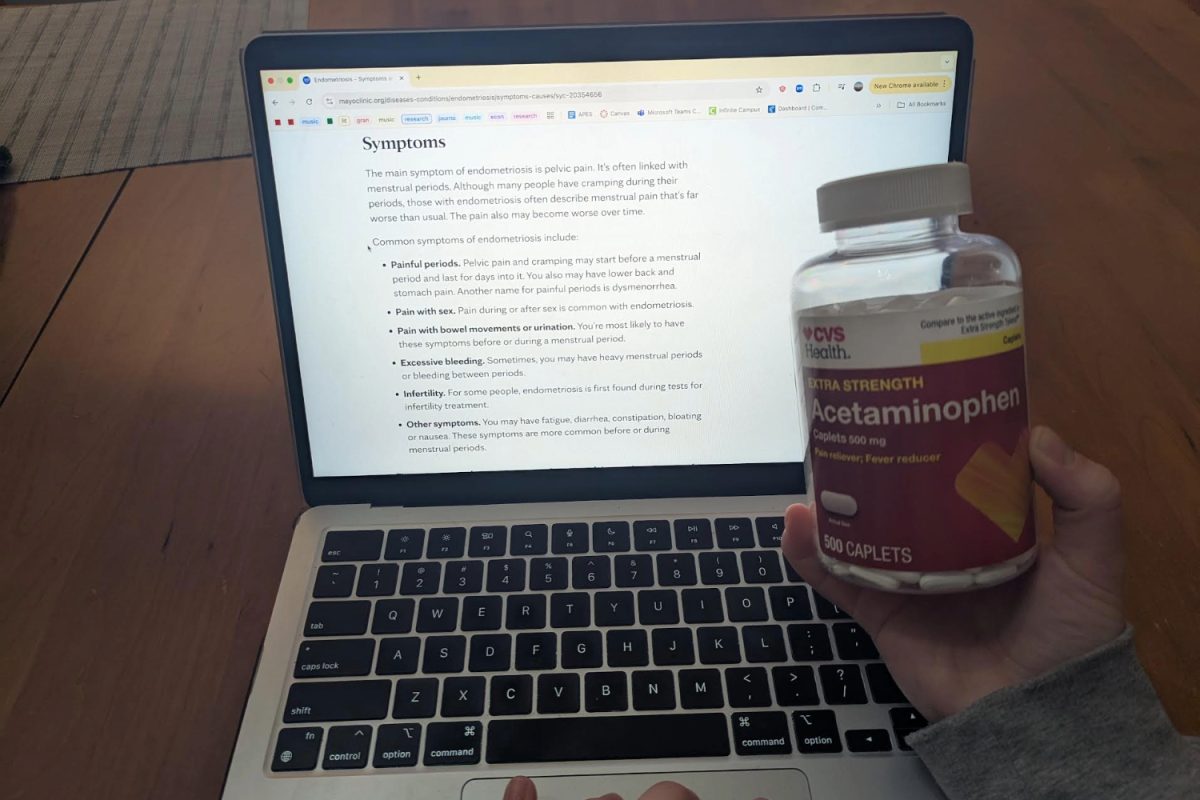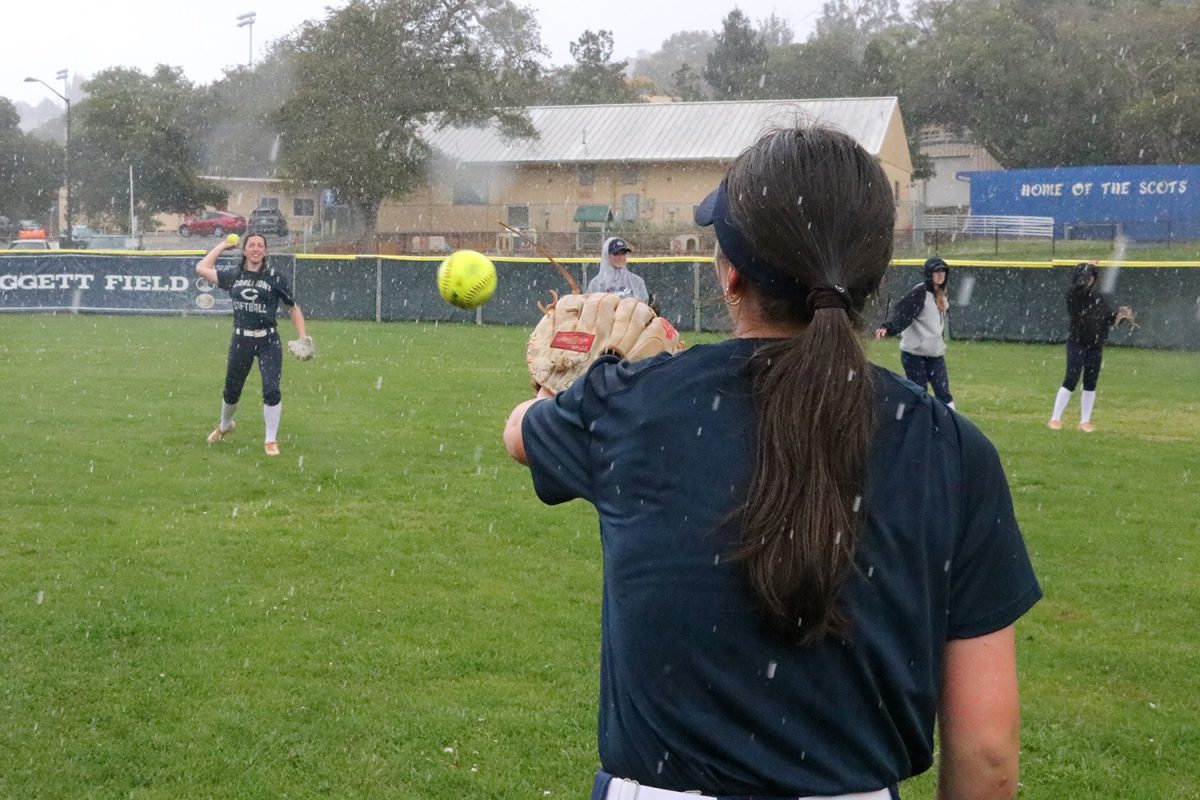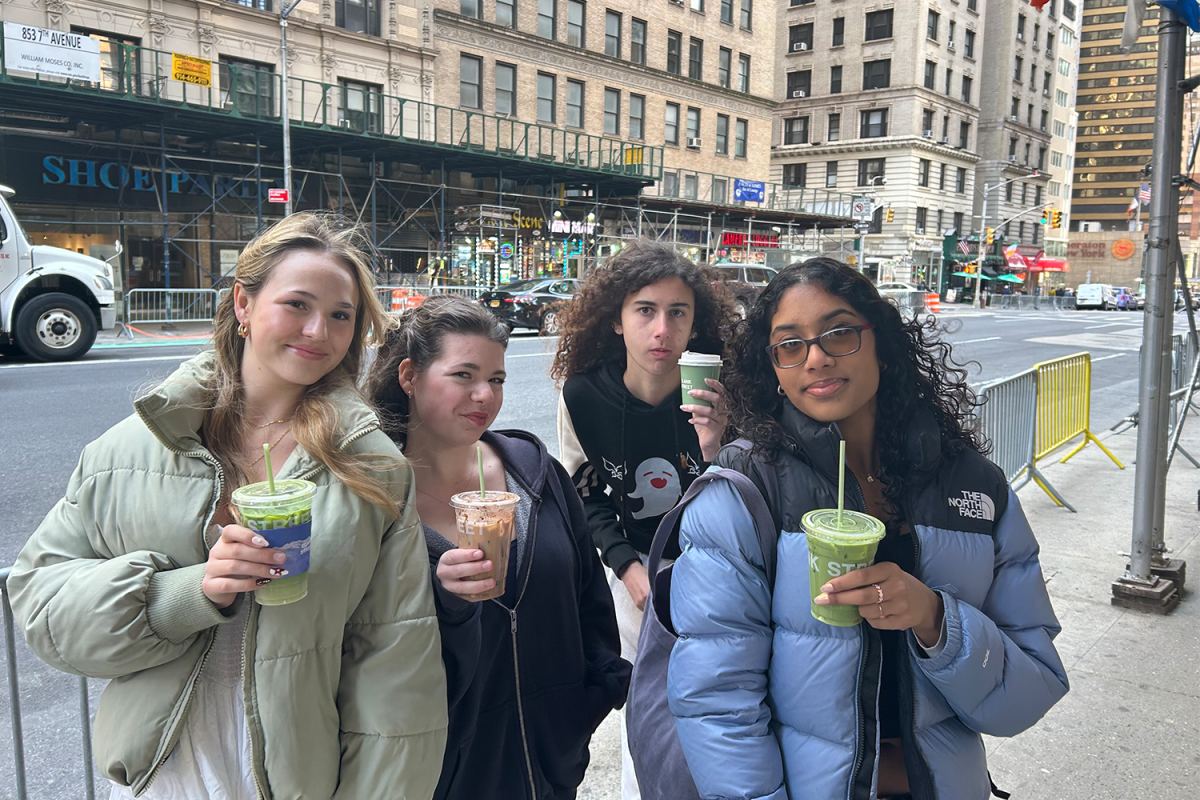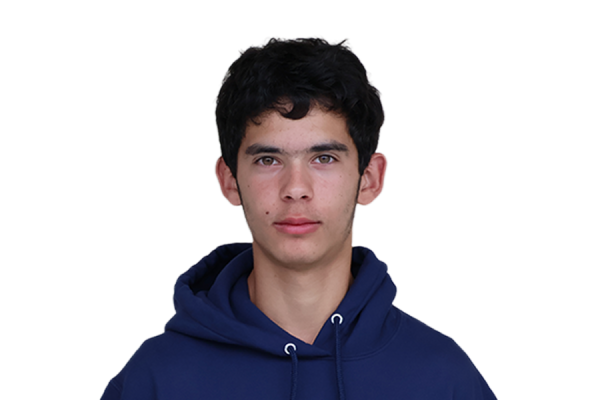For Carlmont students and staff, the season of winter means hot chocolate, sports playoffs, two breaks, and the Winter Formal dance.
But winter also brings a slew of seasonal illnesses. Viruses and infections have spread more widely at Carlmont — and lowered attendance more severely — this year compared to previous years.
Erica Quintana, Carlmont’s health aide, said influenza A and B and pertussis, or whooping cough, have been more severe this winter.
“Pertussis, in particular, was alarming because we should all be immune to it. Yet we had a surge,” Quintana said.
As indoor gatherings increase during wintertime, viruses are more easily spread, according to Johns Hopkins Medicine. Colder temperatures may also limit the effectiveness of immune responses.
Students and staff have noticed the effects of this seasonal peak — significantly smaller classes this winter due to sickness.
“I had a day where almost 60% of my class was gone for one period,” said Madhukar Sodlapur, a math teacher at Carlmont. “A lot of the reasons students have called in for have been for the flu.”
Sodlapur said more students were absent this year than any other year except during the COVID-19 pandemic.
The role of COVID-19
The increase in illness this winter compared to previous years may be a result of the natural variation of the flu and other diseases.
“We have flu spikes because a vaccine doesn’t always necessarily mean doctors will get the algorithm right for the next flu season,” Quintana said. “Flu vaccines still provide a lot of protection regardless of the yearly strain.”
This year’s severity may also be due to an overall easing of protective measures from the COVID-19 pandemic.
“We had COVID, so a lot of people were limiting their interactions and travel, and that more recently seems to be less so,” said Dr. Patricia Fung, a pediatrician who works for Kaiser Permanente in San Mateo.
Like Quintana, Fung said she has seen an increase in viruses this year, with RSV, or respiratory syncytial virus, preceding influenza A and B.
“It is not clear if less masking has caused the increase in illness this year,” said Fung. “But close contact, without masking, does have the potential to spread sickness.”
For Quintana, measures from the pandemic acted as a reset to people’s response to illness.
“From being masked for so long, our bodies are getting used to all the viruses all over again, so we’re building up immunity,” Quintana said.
In the week of Feb. 15, twice as many deaths in the US were caused by the flu than by COVID-19, according to the Centers for Disease Control and Prevention (CDC).
Student and teacher responses
Although completing missed work and tests is challenging, digital platforms aid communication and long-distance teaching for both students and teachers.
“For geometry, all of the lecture videos themselves have been already pre-recorded and posted to Canvas,” Sodlapur said. “So those students that are absent can just go to Canvas.”
Noah Chan, who missed school for a week, found teachers’ agendas and email to be helpful. Chan said completing the homework from home was not very difficult.
Still, Chan was deprived of physical interaction found on campus.
“I missed certain lessons that were only able to be done if you were present. I didn’t get as much learning done as my classmates,” Chan said.
Even though making up work can be time consuming — Chan took two to three weeks to make up all the tests he missed — teachers and health professionals recommend staying home to get rest to fight the illness.
“If you feel you’re well enough to go to school, of course, go to school. But if you have a fever, that should be your marker,” Quintana said. “Be conscious that there are others around you.”

